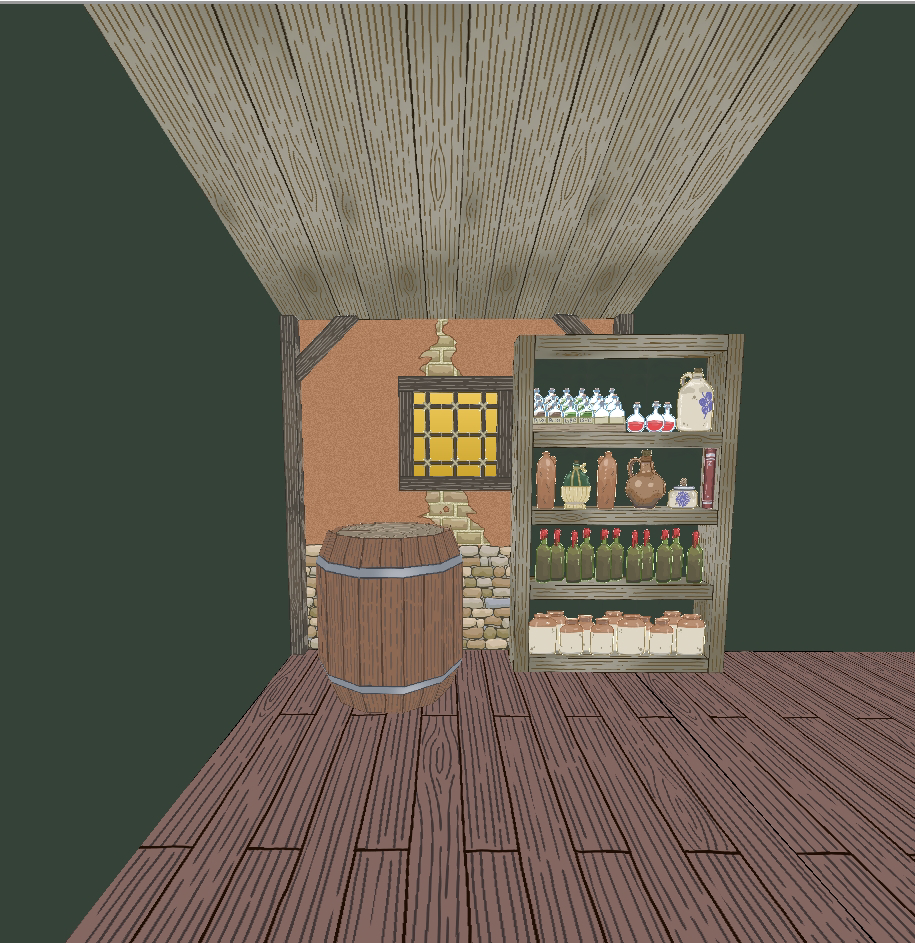Learning Shaders (Part 2)
The glorious tree!
One of the biggest things I didn't understand, was that graphical images aren't double sided unless you intend them to be. I realize now, that's a "cost" saving measure. If you aren't familiar with game development/programing lingo, "cost" is basically equivalent "resources" in the sense that computers only have a certain amount of resources they can allocate to any given game scene. If a side isn't visable, then there is no reason to draw it. This tree in the picture isn't perfect, but I plan on fixing later when I get the chance, since the trunk shouldn't be double sided (you can't and shouldn't see inside the trunk.). However, the leaves need to be double sided, so they are. As soon as I figure out how to animate this tree with wind effects, I will create an extremely large area filled with them, so I can watch for slow down. In theory, Unity does a good job with this anyways, since Unity's camera is good about not drawing things that aren't in view, but you can't be too careful, especially with a lot of assets in an area.
Much like how we can learn from old school NES enemies, I believe I have a solution if the we experience slow down: that is, to make the trees not move if they aren't around the main character. If the camera isn't going to see them move anyway, no reason to make them move. But that's for later programing, I'll figure that out later, if necessary.
I have an above average computer with 32g of RAM and a 6 year old graphic's card and last gen's i7 processor. The graphics card on my computer is going to be upgraded soon anyways, so that's not a problem and I should be good to make this game, and definitely good to run it. But I will need to remain mindful of weaker PC's in the process, especially since this game is low poly, it shouldn't require anything too crazy.




Comments
Post a Comment